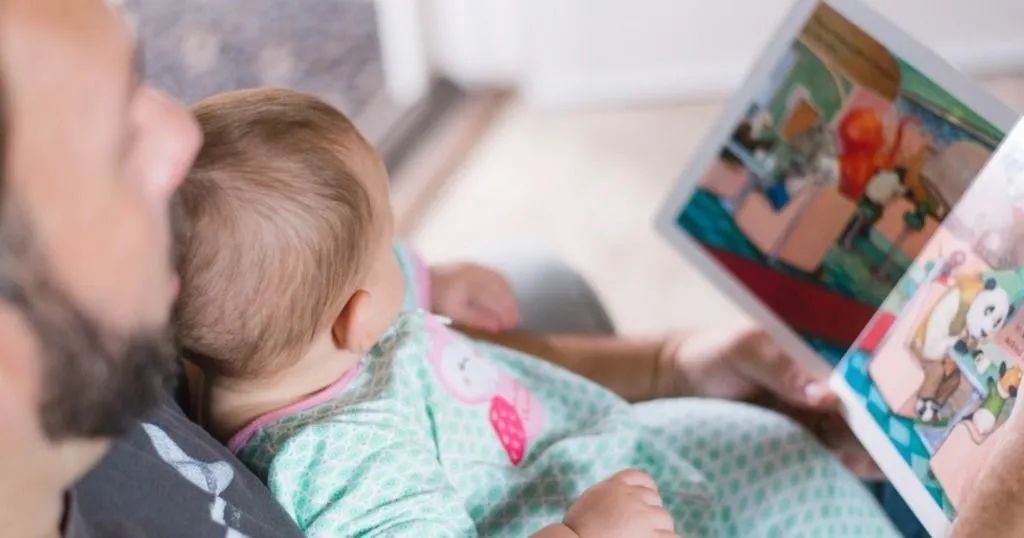Examining parent-adolescent interactions during a career discussion
As an adolescent you have no idea what awaits you in working life, what you are capable of. Looking for answers to these questions is part of the vocational development, in which parents play a crucial role.
Posted by
Published on
Wed 07 Jun. 2023

As a child, we all want to become a firefighter, kindergarten teacher, nurse, police officer, or astronaut when we’re old enough. However, nothing is more difficult than actually deciding which direction you want to take in your career the moment you are faced with that choice as an adolescent.
There is so much to choose from and how can you be sure, at such a young age, what is and stays the most fun, challenging, and satisfying job to do?
You have no idea what awaits you in working life, how it will go for you, what you are capable of. Looking for answers to these questions is part of vocational development. Effective vocational development requires adolescents to have a clear understanding of their interests, values, and strengths.
Interactions always involve emotions
Of course, your parents have lots of experience, so discussing career choices with your parents is a logical step in this phase. The interaction between parents and adolescents plays a crucial role in vocational development. Adolescents need to feel that their parents are supporting and reassuring, and that they allow them to make their own decisions.
During a dyadic interaction, facial expressions play a crucial role in conveying important information about a person's emotional state. They are a central component of the emotional message that a person conveys.
The research team of Bourret, at the University of Laval in Canada, aimed to investigate the behaviors and emotions of parents during career choice discussions with their adolescent child. This study included three objectives:
- Identify and describe parental behaviors and emotions manifested by parents and adolescents during discussions.
- Examine simultaneous associations between parental behaviors and emotions.
- Examine the extent to which parental behaviors and parents' and adolescents' emotions predicted each other during discussions.
Observations in a naturalistic environment
In this study, parents and their teenage children were invited to a family lab, which is designed to look like a cozy living room. Each of the 42 dyads was asked to freely discuss for 20 minutes topics related to career choice (e.g., career and course selection, pros and cons of choices) while being recorded.
The cameras were mounted on the wall to blend in with the decor and not be intrusive. A research assistant controlled the cameras and microphone to capture the best audio and video recordings.
The researchers focused on parents’ controlling and autonomy supportive behaviors. Did the parents put pressure on their child, e.g. using words such as ‘must’ and ‘should’? Did they induce guild or push towards achieving a goal? Or did they look at the child’s perspective and offer meaningful choices if possible?
Structured coding procedure
To analyze their behaviors, discussions between parents and their kids were coded using The Observer XT. A coding scheme was used to ensure the reliability of behavioral coding.
FREE WHITE PAPER: How to set up a coding scheme
Download here the FREE white paper 'How to set up behavioral coding' and get 7 tips about:
- Defining your behavior group
- Point events
- Coding from a diversity of sources
The research team saw a great advantage in the fact that The Observer XT can simultaneously display multiple camera views, allowing coders to observe participants' body language from different angles. It made coding much easier to do. Also, data from these multiple camera angles were combined to increase the amount of data available and improve the validity of the emotion classification.
The team used FaceReader to analyze facial expressions of the participants.
Combining observed behavior and emotions for more detailed insights
The methodological approach of the research team allowed for both objective measurement and observation of behaviors and emotions during an interaction.
Results showed that both parents and adolescents expressed more negative than positive emotions during the interactions. This highlights the stressful nature of these discussions. Obviously, being insecure can elicit negative emotions. Luckily, during these discussions, parents behaved more in an autonomy supportive way, instead of being controlling with their child.
Additionally, the study showed that parents' and adolescents' emotions were dynamically interrelated – indicating emotional contagion.
The results of the study showed that talking about career choice with parents can be beneficial for adolescents as parents will mostly provide them with opportunities to feel autonomous and competent toward vocational decision-making. It can help reduce negative emotions and anxiety, as well as foster career exploration.
FREE WHITE PAPER: FaceReader methodology
Download the free FaceReader methodology note to learn more about facial expression analysis theory.
- How FaceReader works
- More about the calibration
- Insight in quality of analysis & output
Reference
Bourret, M.; Ratelle, C.F.; Plamondon, A. & Boisclair Châteauvert, G. (2023). Dynamics of parent-adolescent interactions during a discussion on career choice: The role of parental behaviors and emotions. Journal of Vocational Behavior, 141, https://doi.org/10.1016/j.jvb.2022.103837
Related Posts

How to measure infant behavior

Understanding infants’ development of moral and social behavior
